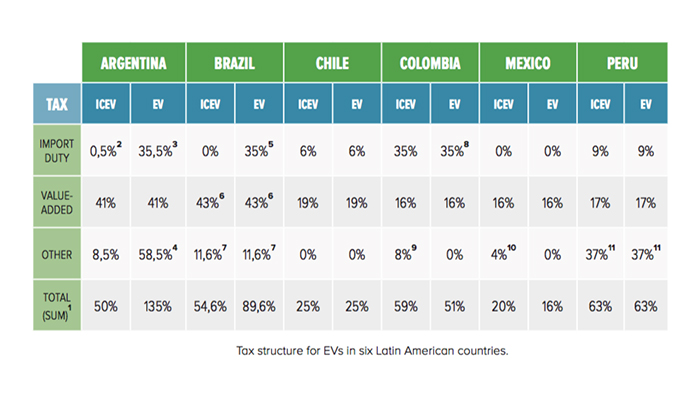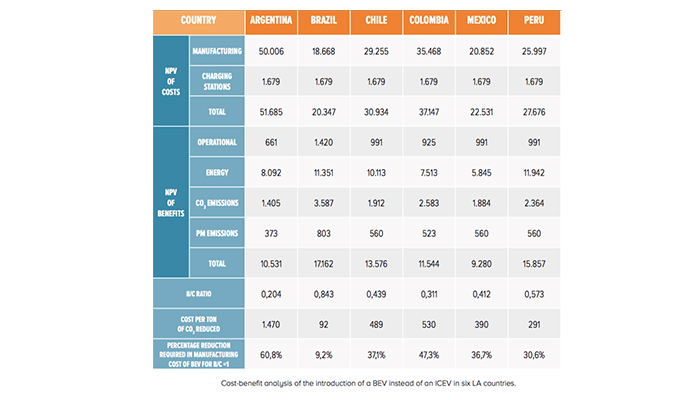
What are critical minerals?
Nations have long sought to secure supplies of materials they deem vital to their industrial and military capabilities. About 50 metallic elements and minerals have met those criteria in the US and European Union, including lithium, graphite, cobalt, manganese and rare earths — elements with unique chemical behaviors that make them indispensable to the manufacture of some electrical, electronic, magnetic and optical products. Most critical minerals were chosen for their role in building the infrastructure required to reduce carbon emissions blamed for climate change, a mission that’s backed by hundreds of billions of dollars in subsidies and tax breaks. Some are also used in semiconductors for civil and military communications.
Why is sourcing them a challenge?
The global availability of many critical minerals is substantial; however, the processes required for their extraction and refinement are technically complex, energy-intensive, and environmentally taxing. There has been an increase in demand for these minerals due to the energy transition. China plays a major role in the value chain of several of these products. Despite the abundance of metals such as copper, high demand growth could lead to potential shortages. In 2023, the European Union classified copper and nickel as critical raw materials for the first time, reflecting their importance despite widespread availability.
India’s National Critical Mineral Mission (NCMM):
India has taken significant steps to secure its critical mineral supply through the National Critical Mineral Mission (NCMM), approved in January 2025. This initiative aims to reduce import dependency and strengthen domestic exploration, mining, and processing of critical minerals like lithium, cobalt, nickel, and rare earth elements.
India’s push for self-reliance in critical minerals is crucial for its green energy transition, semiconductor industry, and defense sector.
Electric Vehicles
The rise of electric vehicles (EV)1 means long-established automotive players are experiencing profound and prolonged challenges such as new technologies and products, new competitors like Tesla Motors and Google, and the rise of fuel-efficiency regulations.
This potential for EV uptake, however, varies greatly across domestic markets.





